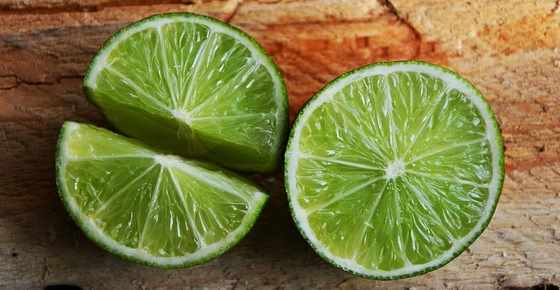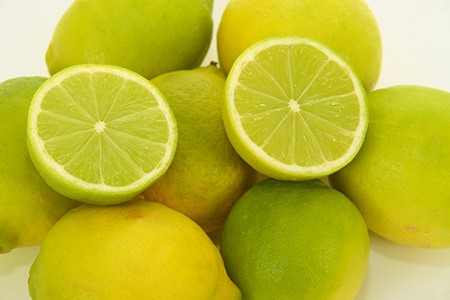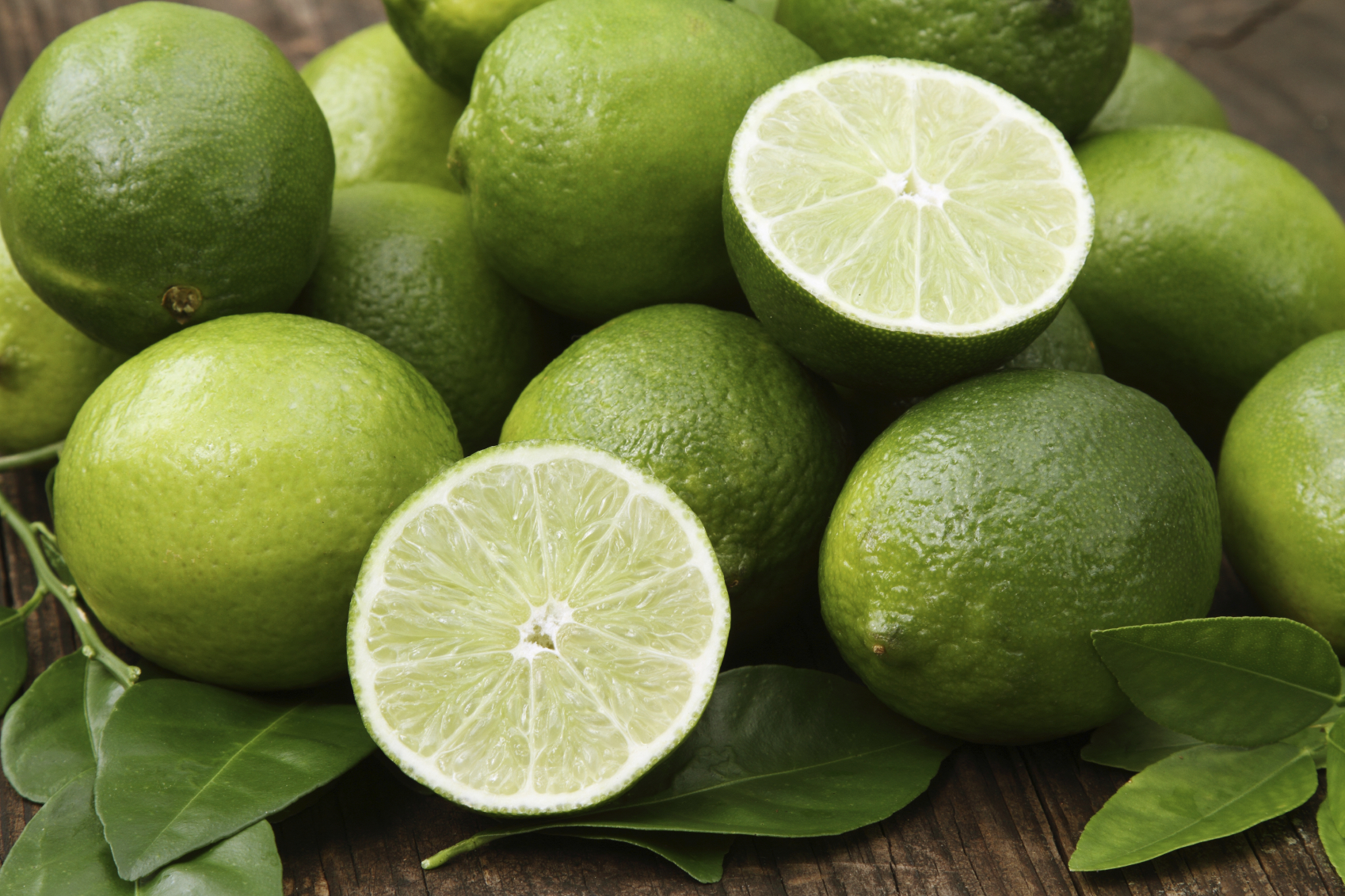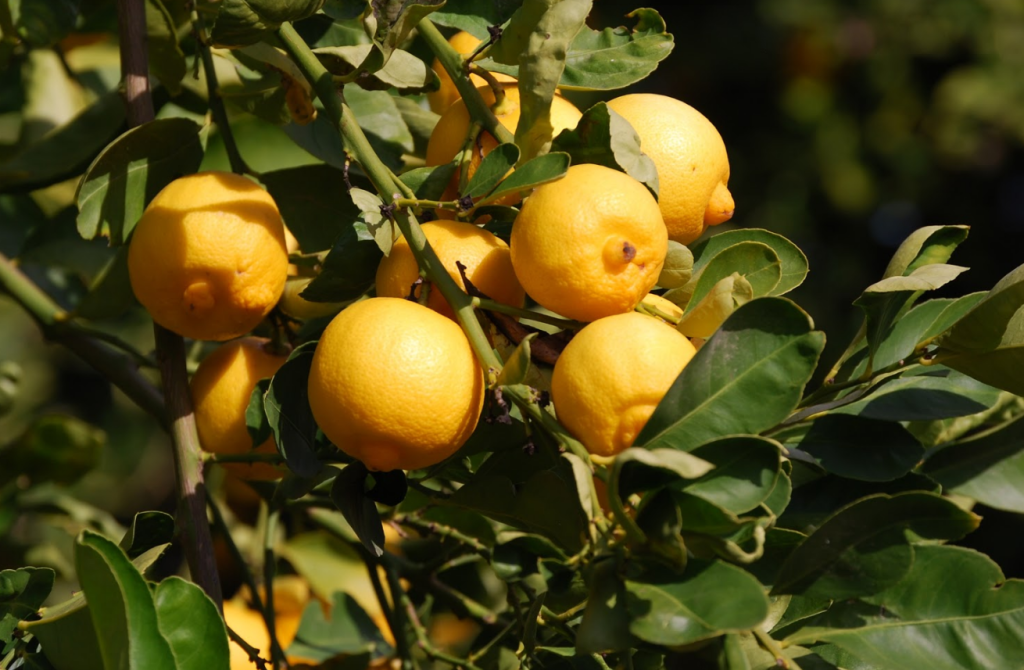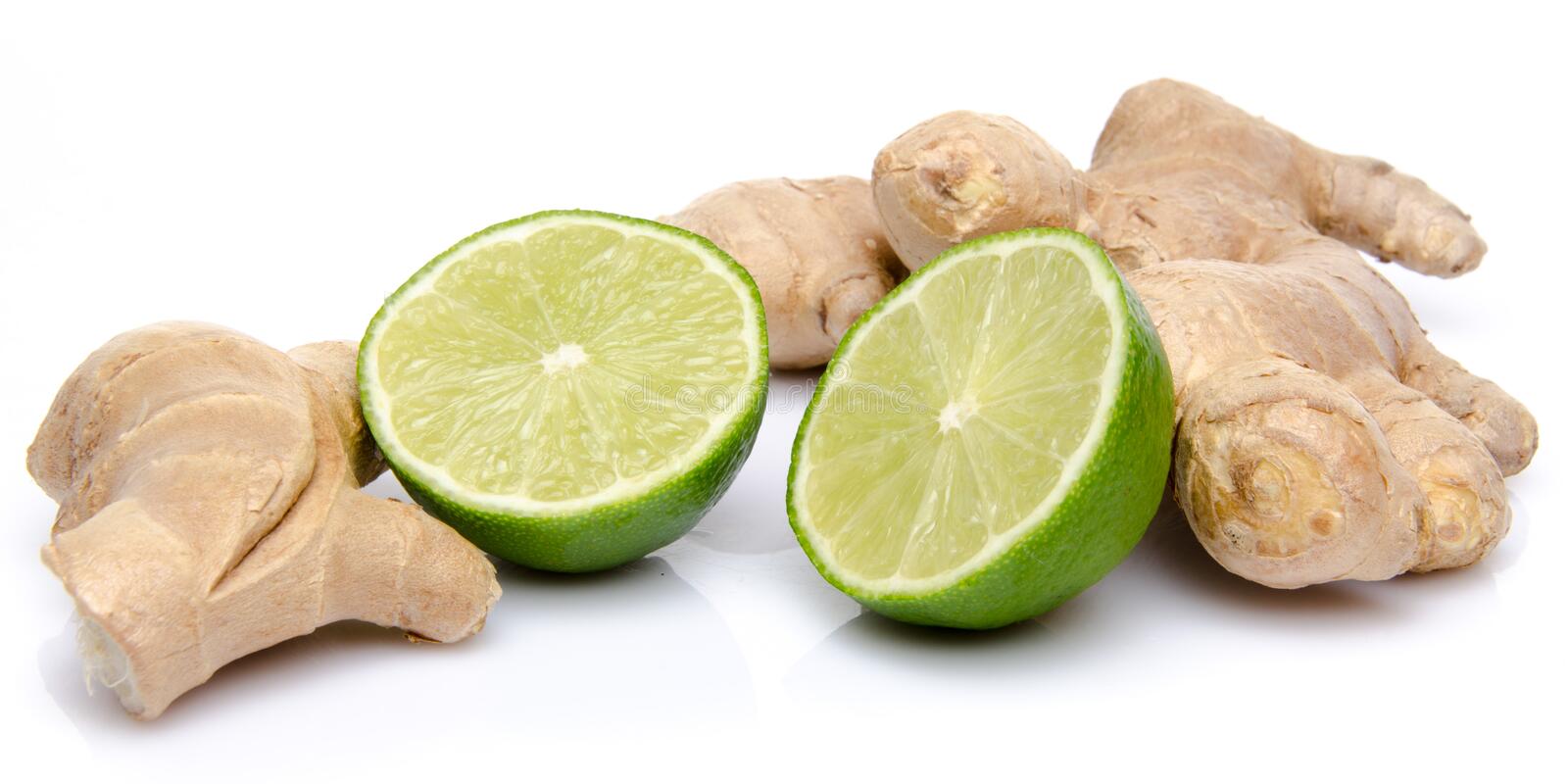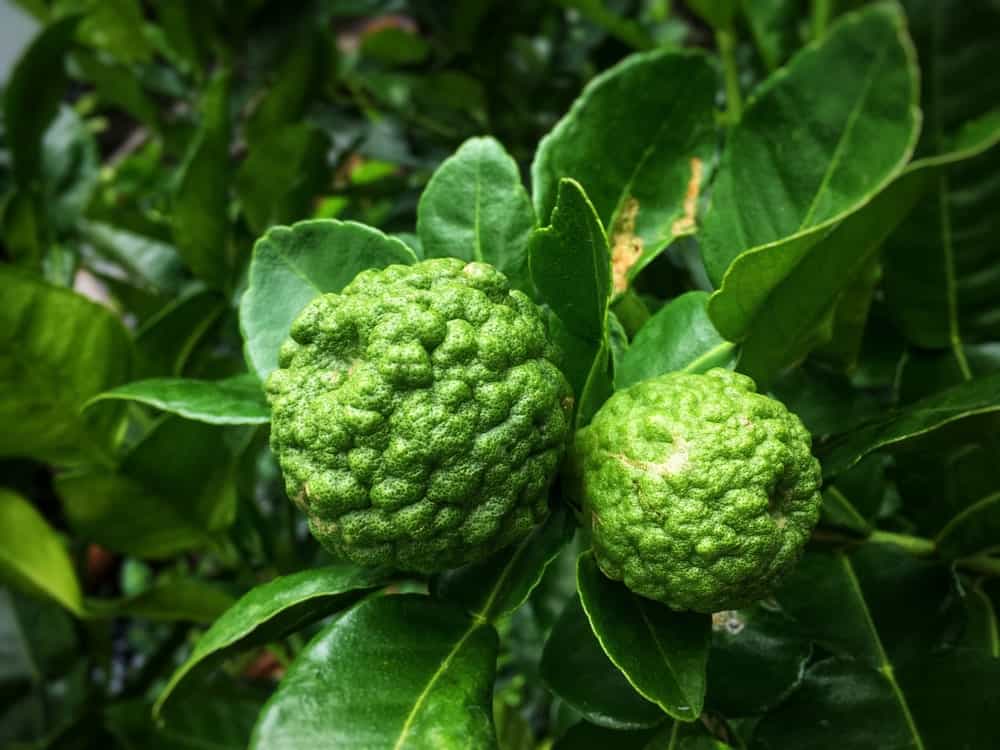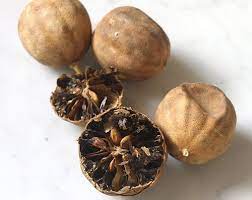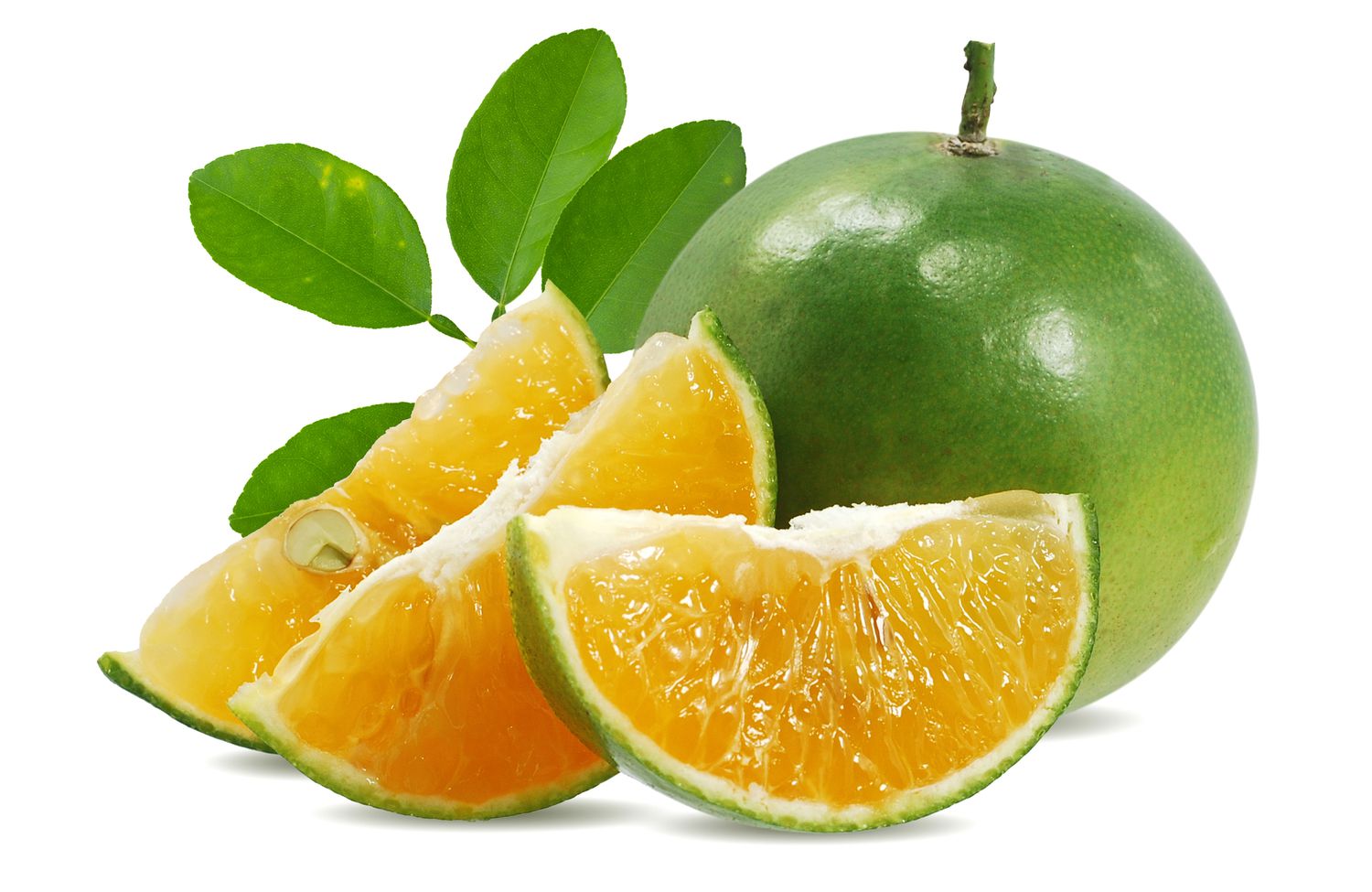If you have a passion for citrus fruits, you may already be familiar with limes and the various types available. It’s crucial to recognize that limes and lemons are distinct from one another, as there is often confusion between the two. Stay tuned for intriguing facts about limes!
Furthermore, a comprehensive list of numerous lime varieties will be provided to help you easily differentiate between them. I’m confident that you’ll find all the information you desire about this tangy fruit. Let’s dive right in!
What Exactly Is Lime?
Limes, belonging to the citrus fruit family, come in various types. They are typically round and green, with a tangy flavor that combines sweetness and sourness. Compared to lemons, limes tend to have a higher sugar content, making them a popular choice for enhancing the taste of dishes in different cuisines.
The zest of limes is generally thin to medium thin, and unlike oranges or lemons, it is not as bitter. In fact, the rinds of limes are sweet and fragrant, making them a frequent ingredient in Thai, Vietnamese, and Mexican cuisine.
While it is often believed that limes yield less juice than lemons, the amount of lime juice actually depends on the specific variety. Some types of limes are larger than a typical lemon and offer a higher juice content.
Like most citrus fruits, limes are rich in vitamin C. In fact, they contain five times more citric acid than orange juice. Limes also consist of 88% water and 10% carbohydrates, making them a healthy addition to your meals.
So, don’t hesitate to add a squeeze of lime to your dishes and enjoy the refreshing flavor while benefiting from its nutritional value!
Most Typical Types Of Limes That Everyone Should Know
The world of limes is vast and diverse, offering numerous varieties for various culinary and everyday uses. While it may not be possible to cover all the millions of lime types, we have compiled a selection of popular limes along with their names and pictures. This comprehensive list will provide you with valuable information about these citrus fruits and their unique characteristics. Explore the world of limes through this ultimate list and discover the fascinating range of options available!
1. Kaffir Lime (Citrus Hystrix/ Makrut Lime)
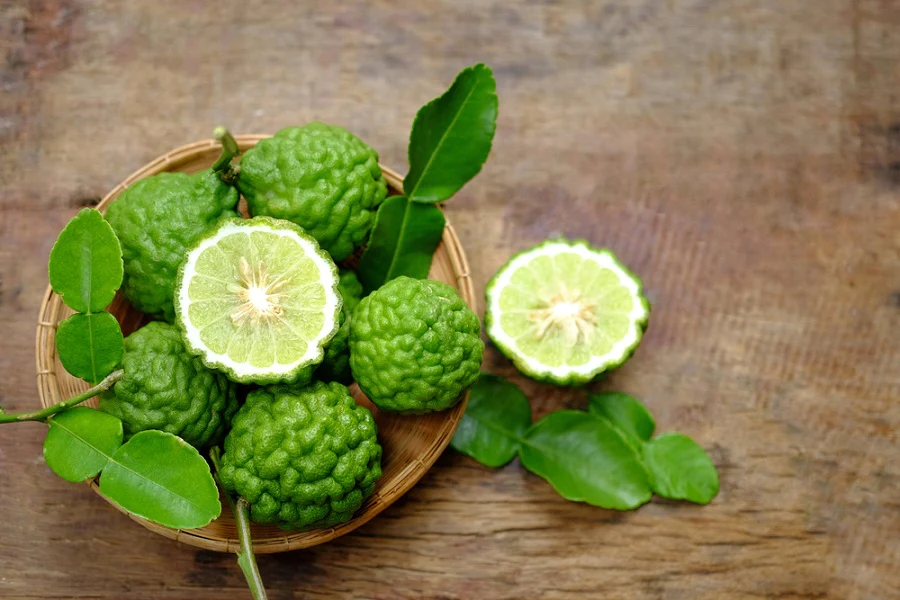
Kaffir Lime stands out from other lime varieties with its distinctive appearance. Its surface is not smooth like most limes; instead, it is bumpy and warty. While Kaffir Limes have minimal bitter juice, their zest is highly valued in Southeast Asian cuisine.
One of the key attractions of Kaffir Lime is its aromatic leaves, known for their flavorful oils. Adding fresh leaves to dishes like rice, soup, or curry can infuse them with a delightful fragrance. However, it is important to remove the leaves after cooking.
It’s important to note that if you’re looking for a juicy lime to enhance the flavor of your dish, Kaffir Lime might not be the best choice as it contains very little water. Additionally, caution should be exercised when harvesting these limes directly from the Makrut tree, as it is covered with sharp thorns.
2. Blood Lime

The name “Blood Lime” perfectly suits this lime variety due to its unique blood-red color, both inside and outside. Unlike most limes, it has an elongated, egg-shaped form. Donning a small size, it possesses a sweet and tangy flavor that sets it apart. The interesting part is that you can enjoy not only the flesh but also the skin of this lime!
Blood Lime is the result of a fascinating crossbreeding between the red finger lime and Ellendale mandarin, cultivated in certain regions of Australia. This hybrid creation showcases the remarkable ingenuity of horticulturalists in producing new and distinctive citrus varieties.
3. Key Lime (Mexican Lime)
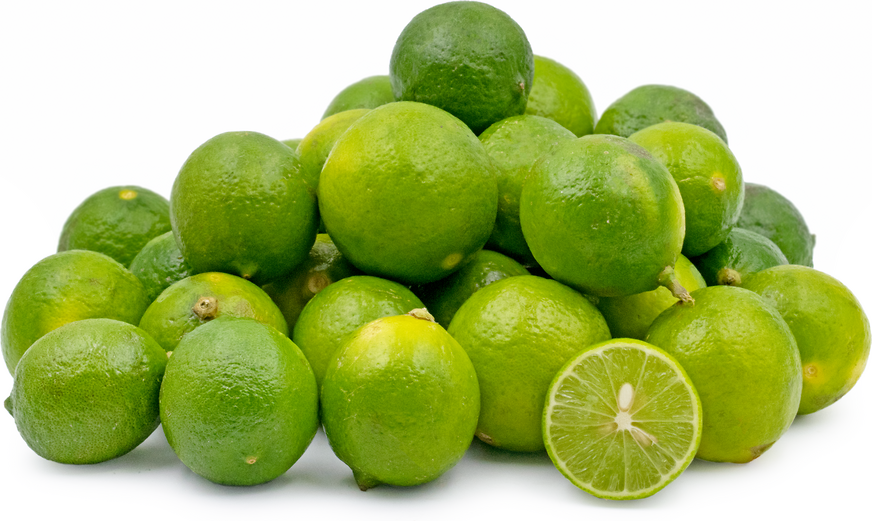
Key Lime is an iconic lime variety known for its distinct characteristics. Unlike most limes, it showcases a more yellowish hue on its skin. Within this vibrant fruit lies a high-quality, acidic juice that tantalizes the taste buds with a delightful balance of sweetness and sourness. It comes as no surprise that Key Lime is highly sought after for culinary applications, particularly in the creation of the beloved Key Lime pie.
One notable feature of Key Limes is their impressive juice yield, boasting up to 40% juice content. This abundance makes them ideal for extracting lime juice, crafting flavorful marinades, preparing dressings, or employing as a tangy seafood cure. Remember to strain the juice through a sieve to remove any seeds before incorporating it into your recipes.
To truly appreciate the distinctive nature of Key Lime juice, conduct a taste test by comparing it to regular lime juice on a specific dish. Prepare to be amazed by the vibrant explosion of flavors that Key Lime juice imparts on your palate, showcasing its unique and unforgettable essence.
4. Mandarin Lime
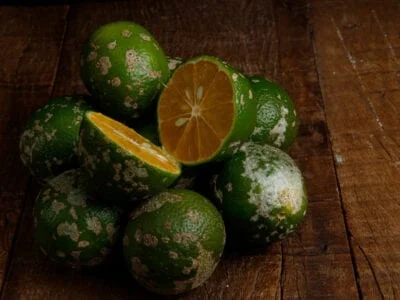
Mandarin Lime, a captivating group of limes, encompasses three well-known varieties: Rangpur Lime, Kusaie Lime, and Otaheite Lime. Cultivated across various countries and regions, these limes are often sought after for their ornamental value, boasting shades ranging from reddish to orange.
Derived from a delightful fusion of lemons and tangerines, Mandarin Lime offers a truly unique flavor profile that combines the tanginess of lemons with the subtle sweetness of tangerines. This distinctive blend results in a delightful balance of sour and tart notes, making it a perfect candidate for creating delectable marmalades to savor on freshly baked bread.
5. Desert Lime (Citrus Glauca)

The Desert Lime, as its name suggests, thrives in harsh environments, exhibiting remarkable resilience against extreme temperatures, drought, frost, salinity, and more. Despite its diminutive size, often resembling a small marble, this lime stands out with its light shades of green and yellow when fully ripe.
With its round to oblong shape, the Desert Lime offers a delightful burst of uniquely refreshing flavor. It is a favored ingredient for creating delectable treats such as jellies, jams, and tarts. The lime is also referred to as “bush food” and finds its way into various commercial products, including marmalades and glazed fruits, adding a touch of tangy goodness to culinary creations.
6. Finger Lime
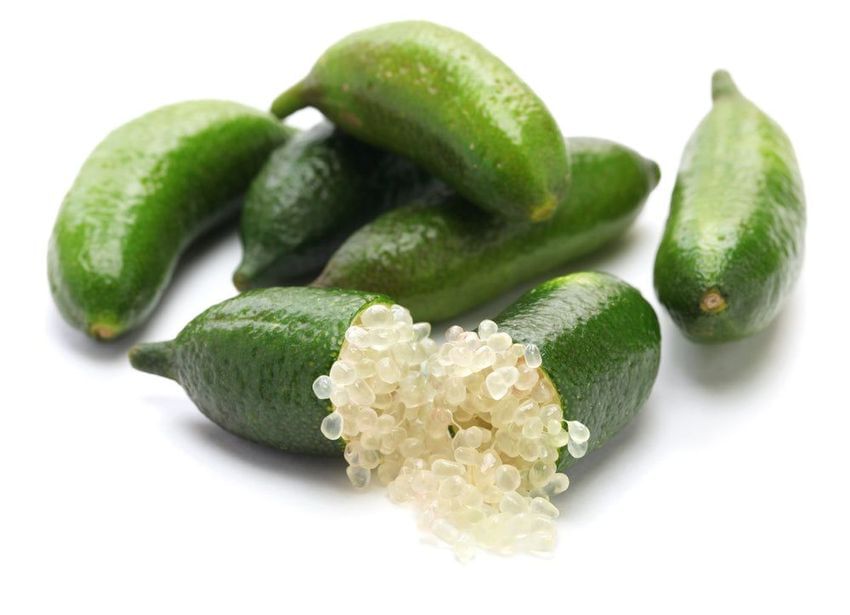
Finger Lime stands out among lime varieties for its remarkable versatility, offering a wide range of colors, sizes, and shapes. From vibrant greenish hues to lime-green and even pinkish shades, each Finger Lime is a unique gem. Typically the size of a thumb, these limes can grow up to 3 inches. Their bumpy exterior hides a delightful surprise—no seeds inside!
Slice open a Finger Lime, and you’ll discover tiny caviar-like pearls of flesh that burst with a refreshing and robust lemon-lime flavor. With subtle herbaceous undertones, this lime variety complements both savory and sweet dishes. Pair it with dry crackers and wine for a sophisticated touch to your dinner table.
Let your culinary creativity shine by using Finger Lime as a garnish for a variety of dishes, such as chicken, seafood, sushi, oysters, and scallops. Its exquisite pearls also make a wonderful addition to desserts like cheesecake or pavlova. For an explosive cocktail experience, mix these delightful pearls with gin and tonic. Finger Lime truly adds a burst of flavor and elegance to any culinary creation.
7. Kusaie Lime
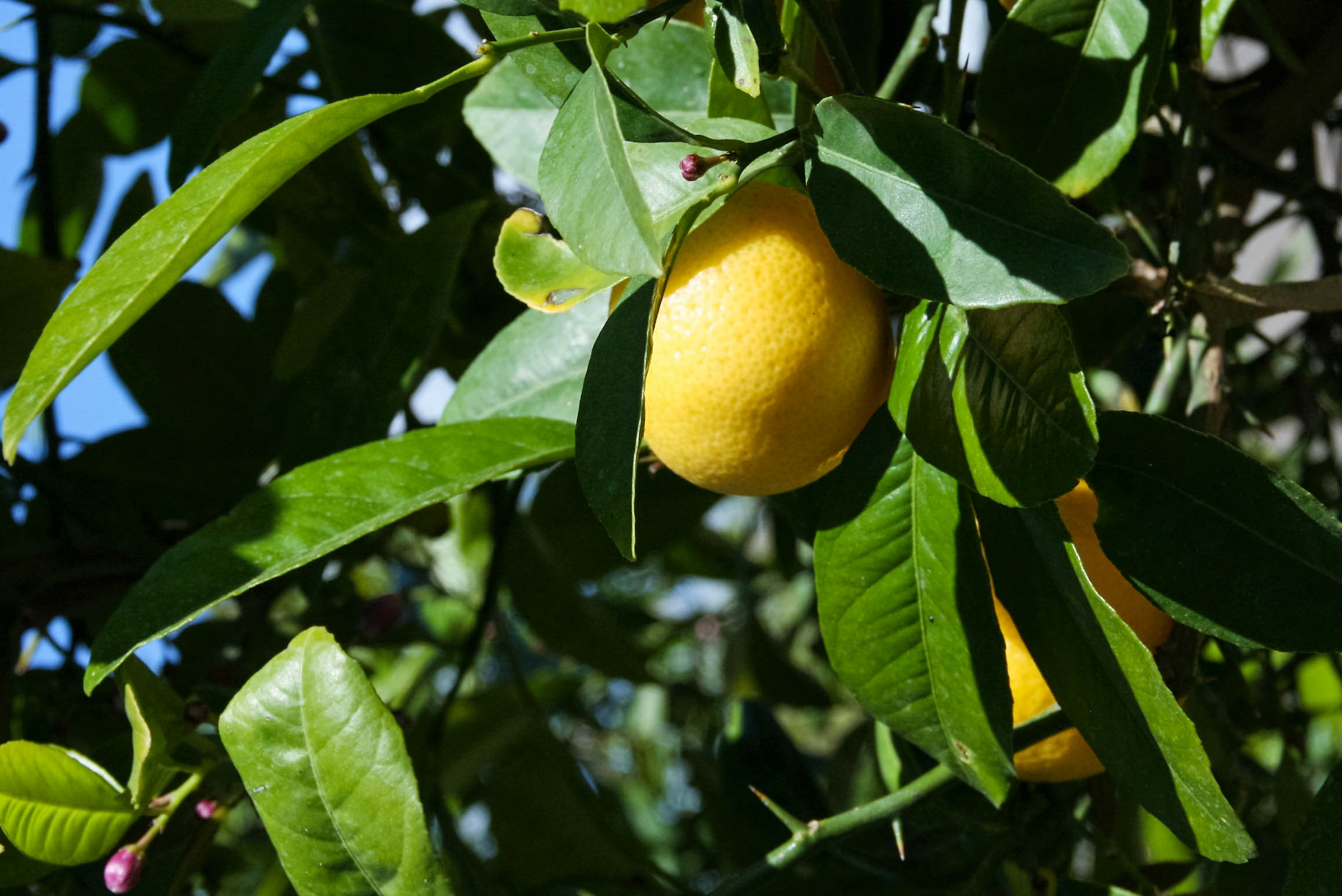
Kusaie Lime, originating from India, thrives in cool climates. Its distinctive oval shape and vibrant yellow color make it easily recognizable. The thick skin of Kusaie Lime can be effortlessly peeled off, revealing its inner goodness. However, unlike other lime varieties, Kusaie Lime doesn’t possess a strong acidic taste.
8. Mary Ellen Sweet Lime
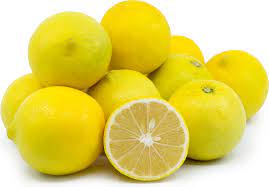
Hailing from Mexico, the Mary Ellen Sweet Lime showcases a medium-sized stature that sets it apart from other common lime varieties. Its distinctive round or oval shape adds to its visual appeal. As the fruit matures, its color transitions from a pale green hue to a delightful pale yellow shade.
The juice of Mary Ellen Sweet Lime offers a delightful surprise to the taste buds, as it is not sour or unpleasant but rather deliciously sweet. When preparing your favorite recipes that call for lime juice, using this variety will surely leave a lasting impression and elevate the flavors to new heights.
9. Wild Lime
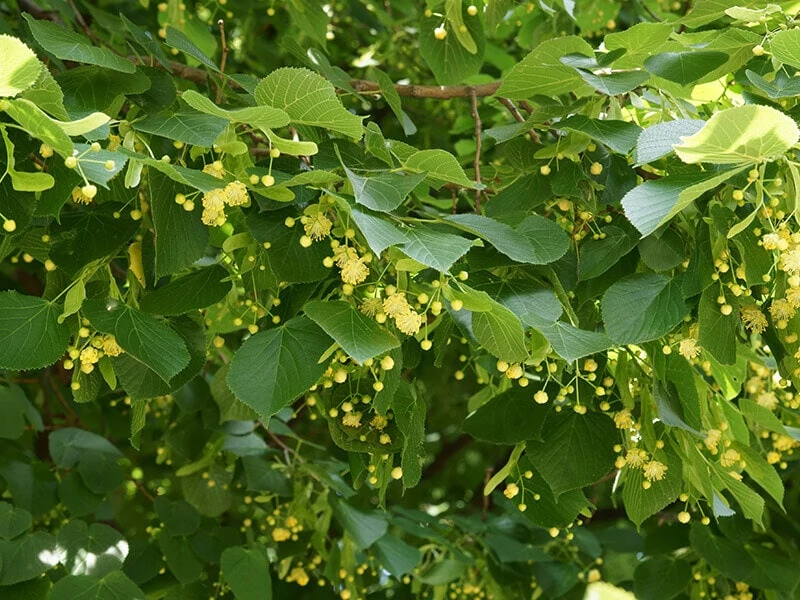
Wild Lime is an extraordinary plant that, despite its name, does not bear fruits suitable for culinary purposes. Instead, it takes the form of an evergreen shrub or a small tree. The plant produces beautiful flowers throughout the year, with a particular abundance during the winter and spring seasons. Interestingly, the fruits of Wild Lime primarily serve as nourishment for birds and wildlife, rather than human consumption.
If you happen to come across this fascinating plant in the regions of Florida, you may discover that its zest and leaves hold unique potential. When dried and ground into a powdered form, these components emit a captivating fragrance reminiscent of traditional limes. As a result, people have creatively incorporated Wild Lime powders as a spice in cooking, adding a touch of zest to various dishes and recipes.
10. Limequat (Citrus Floridana)

Limequat is an intriguing fruit that is created by crossing Key Lime and Kumquat. When young, it displays a vibrant green hue that transforms into a sunny yellow as it matures. What sets Limequat apart is the surprising sweetness of its zest compared to the flesh. The flesh itself offers a tangy and refreshing experience with a delightful balance of acidity and bitter-sweet notes.
One unique aspect of Limequat is its versatility. The entire fruit, including the skin and juice, can be utilized to enhance a variety of culinary creations. From adding a zesty twist to fruit salads to infusing refreshing flavors into cocktails, Limequat is a versatile ingredient. Additionally, its delicious flavor makes it ideal for candying and creating flavorful jams. Just remember to remove the seeds before use!
